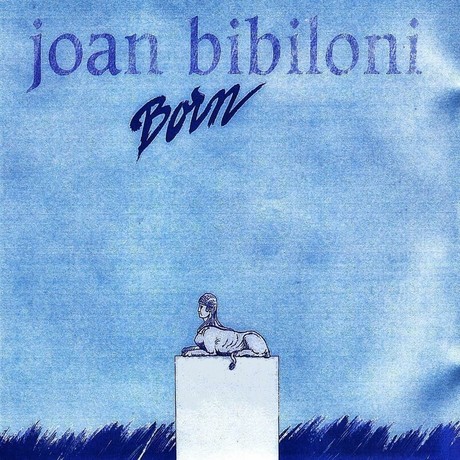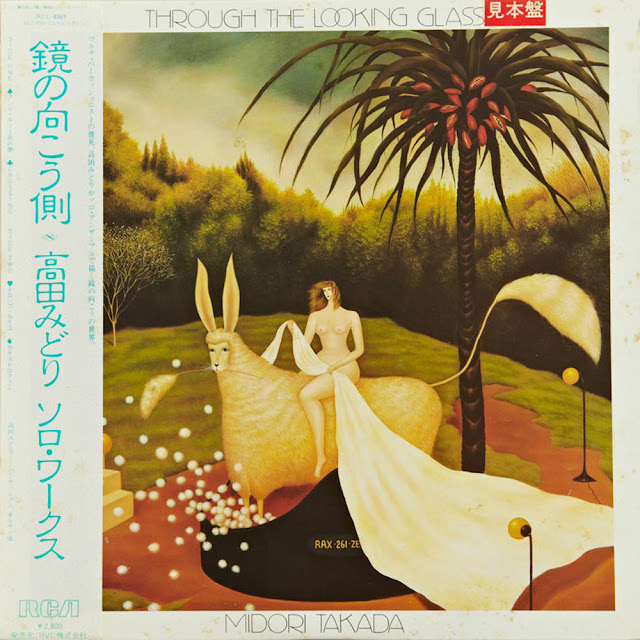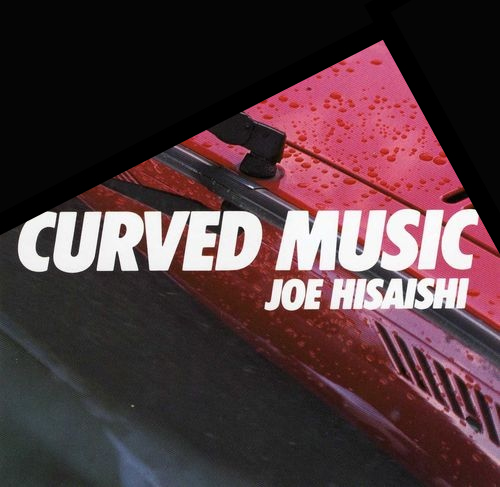
Carlos Maria Trindade / Nuno Canavarro – Mr. Wollogallu, 1991



Computer music was born back in 1958 in Max Mathew’s sound lab, at what was then the Bell Telephone Labs research center in Murray Hill, New Jersey. From 1979 through 1981, I was “Artist In Residence” at the Labs. Most of my time then was spent working with the Bell Labs Digital Synthesizer, also known as the Alles Machine (pronounced “Alice”), named after its designer Hal Alles. The Alles Machine was disassembled in 1981, with Sea of Bliss the only full length piece of music ever realized on it. Using that machine, the three pieces that make up Sea of Bliss were composed, performed and recorded February 3–4, 1980 and released on cassette. I revised these tracks in the year 2000 for the first CD release, adding a few touches of acoustic piano. Sea of Bliss may change one’s state of consciousness. People have often used it for meditation and massage. In hospitals, it has been used during labor and childbirth as a sonic analgesic. In the car it combats rush hour/traffic stress. I consider it a form of aural fragrance, or “Sonic Perfume”…Stochastic sequential permutations (the high bell tones), lots of real time algorithmic work, but who cares? It’s pretty music. No sequels, no formulas. It was handmade computer music.


His life’s work was pouring his everything enthusiastically into music. He also loved his studio in Yokohama, putting in speakers and installing the equipment and synthesizers one by one. He fell down and breathed his last breath in that studio while he was making music. He was sixty-five years old, and an acute dissecting aneurysm of the aorta was the cause of his death. However, this is the least important aspect of his passing. Despite an instant death, I believe he knew the time had come, because he was sitting cross-legged with his hands joined together, as if practicing Zen meditation. He was alone, but not lonely, because whenever he was surrounded by music he was happy, as if he were an innocent child. He lived life as a musician and lived as a musician with his whole life.





